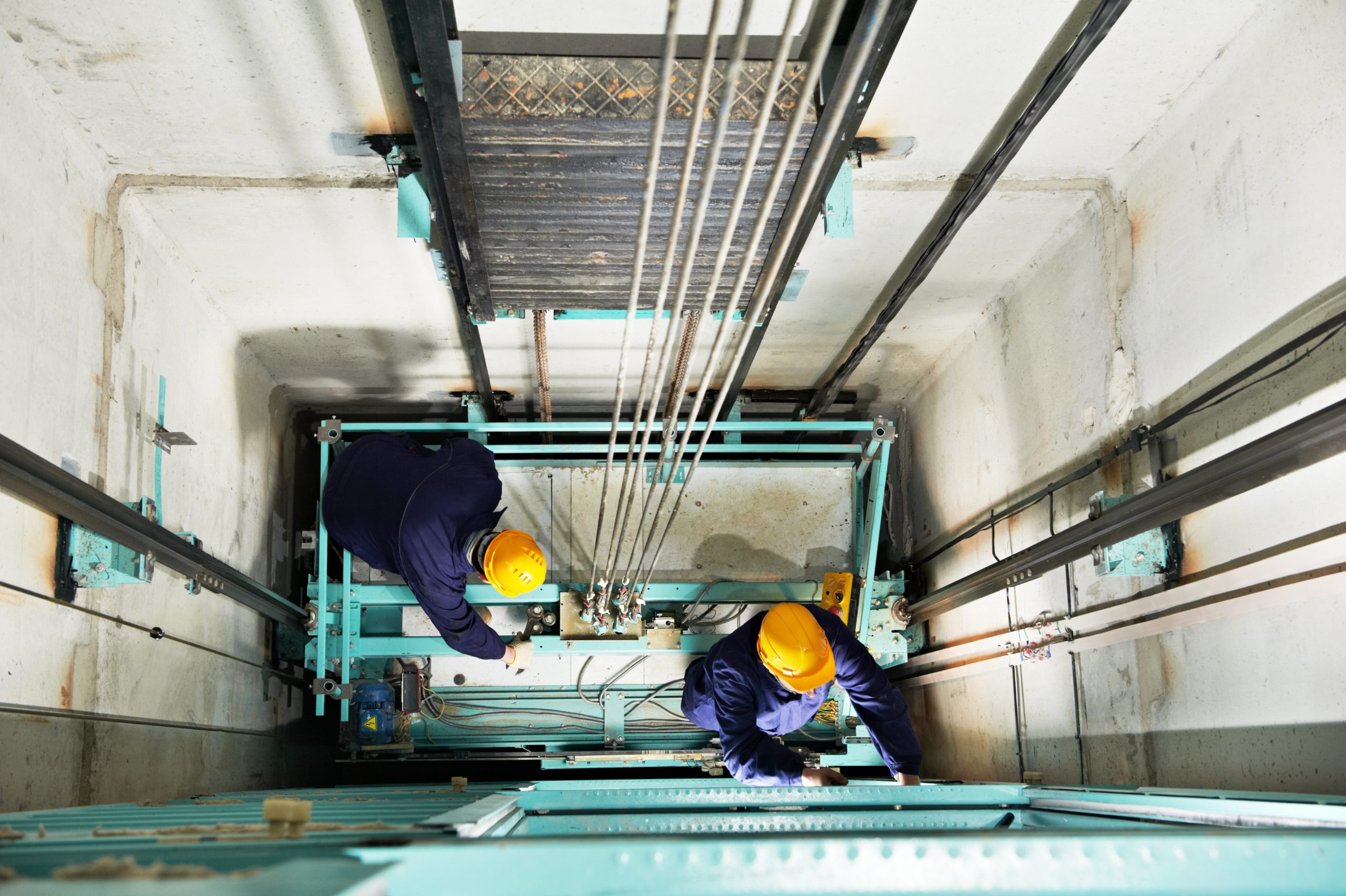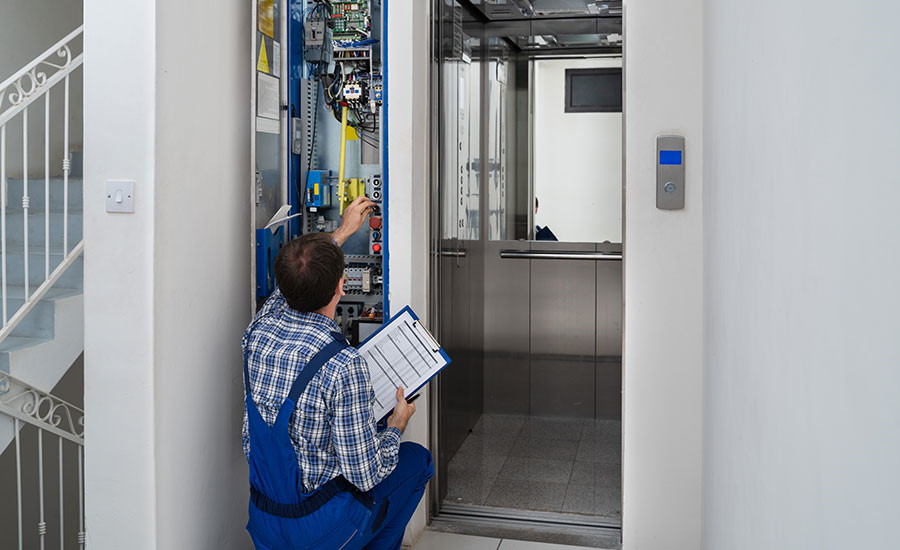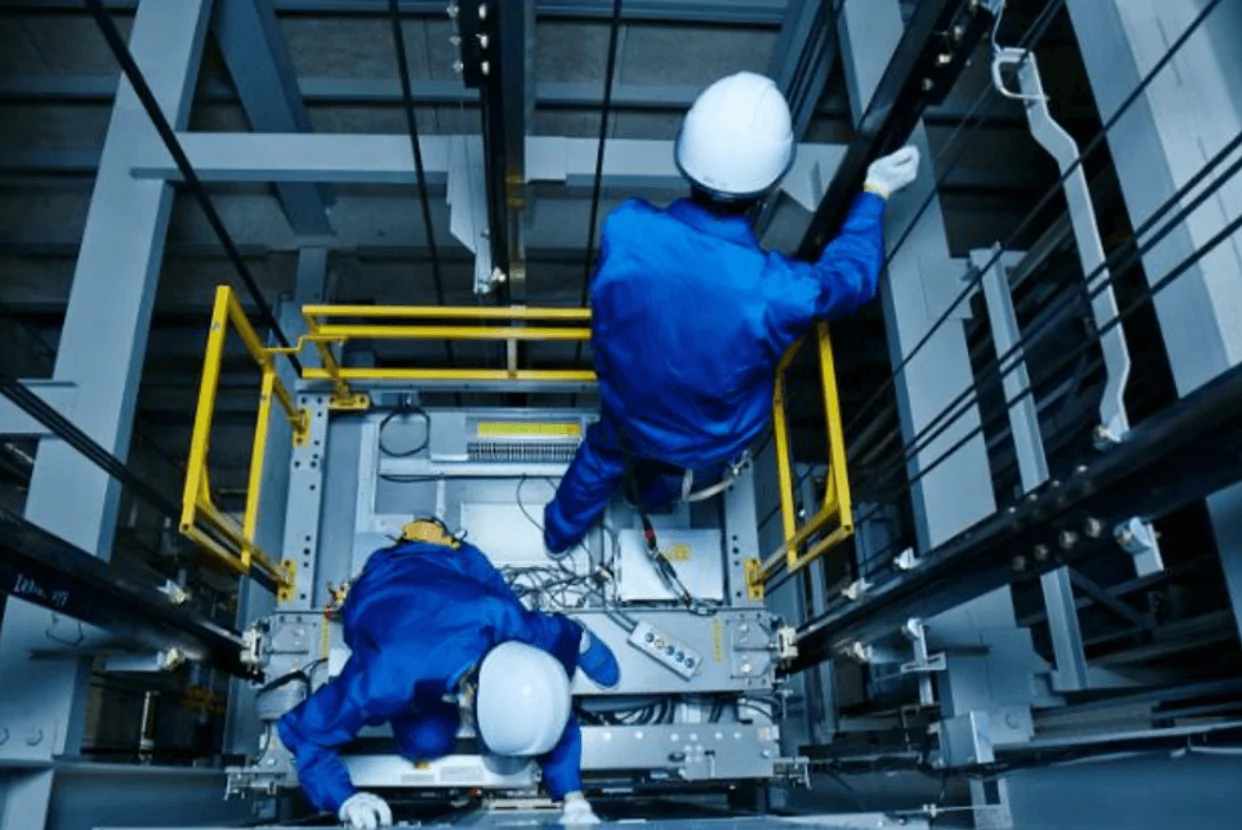Lift Maintenance Repair: Necessary Solutions for Ideal Lift Performance
Wiki Article
Pro Tips for Maintaining Your Lift in Top Problem: An Extensive Introduction
Ensuring the ideal functioning of a lift system is important for a secure and reliable operation in different settings, from commercial warehouses to industrial structures. By sticking to a structured upkeep routine and preemptively addressing potential problems, lift owners can mitigate expensive downtime and security threats.
Significance of Normal Upkeep
Regular maintenance of your lift is vital to ensure its ideal efficiency and durability. By sticking to a normal upkeep timetable, you can identify and address prospective issues prior to they rise into pricey repair work or unanticipated downtime. Regular maintenance jobs such as lubricating moving components, examining for damage, and examining hydraulic systems can aid stop breakdowns and ensure secure procedure.Disregarding regular maintenance not only jeopardizes the performance of your lift but also positions security threats to customers and residential property. Elements that are not correctly kept may fail all of a sudden, causing mishaps or damage to the lift itself. Additionally, resolving concerns early via maintenance can prolong the life-span of your lift and minimize the possibility of major failures.
Along with boosting security and efficiency, normal upkeep can likewise save you cash in the lengthy run. By purchasing preventative upkeep steps, you can stay clear of costly fixings or substitutes that may arise from overlooking the upkeep of your lift. On the whole, focusing on routine maintenance is vital for making best use of the functionality and longevity of your lift system.
Top Components to Examine

Furthermore, pay attention to the lift's safety and security attributes, such as emergency quit switches, safety and security sensing units, and interlocking mechanisms, to guarantee they are working properly. Consistently evaluate the lift shaft for debris or obstructions that might restrain the movement of the lift auto. Last but not least, don't forget to analyze the doors, joints, and door operators to guarantee smooth opening and closing procedures. By diligently examining these top parts, you can catch possible concerns early and ensure your lift remains in top problem.
Proactive Repairing Methods
When encountered with potential lift system issues, taking on positive repairing methods can dramatically improve operational efficiency and avoid expensive downtime. One of the crucial aggressive fixing methods is to routinely examine and check lift efficiency information. By tracking metrics such as lift speed, electric motor temperature, and power usage, upkeep groups can identify early signs of potential issues and take restorative actions prior to they rise. Performing regular aesthetic inspections of critical elements, such as cables, pulleys, and security devices, can also assist in discovering deterioration or misalignments that might bring about breakdowns. Furthermore, applying a preventive maintenance routine that includes lubrication of relocating parts, testing of emergency brakes, and calibration of sensors can proactively deal with usual lift system problems.In addition, buying training programs for upkeep staff on repairing techniques specific to the lift model set up can encourage them to identify Lift Maintenance Repair and resolve problems swiftly. By staying ahead of potential troubles through proactive troubleshooting, lift operators can make certain a smoother and more reputable procedure while decreasing the risk of unexpected break downs.
Necessary Lubrication Practices
Applying correct lubrication techniques is essential for ensuring the smooth procedure and durability of lift systems. Normal lubrication aids minimize friction in between relocating parts, protecting against wear and tear that can lead to costly repairs and downtime. When it pertains to lift maintenance, following a strict lubrication schedule is essential.Picking the best lubricant is the initial action in effective upkeep. Different components of the lift system might need specific kinds of lubricants, such as oil or oil. Seek advice from the producer's standards to figure out the appropriate lubricating substances for each component.

Routinely checking the condition of oiled components is likewise important. Try to find indicators of extreme wear, contamination, or poor lubrication. Deal with any kind of problems without delay to avoid further damage and make certain the ongoing smooth procedure of your lift system. By prioritizing appropriate lubrication techniques, you can prolong the life expectancy of your lift and maximize its efficiency.
Precaution for Lift Operators
In order to preserve a risk-free workplace and promote functional efficiency, lift operators must rigorously adhere to prescribed safety protocols, together with prioritizing necessary lubrication techniques for optimum lift efficiency. Security procedures for lift operators are critical to avoid accidents and ensure the smooth performance of the lift system. Operators needs to undertake detailed training on correct lift procedure, emergency procedures, and safety guidelines. Normal tools examinations and upkeep checks are critical to recognize and attend to any type of potential safety and security dangers immediately. It is vital for operators to constantly comply with producer recommendations for lots capabilities, operational restrictions, and safety and security functions usage.Additionally, lift operators should focus on personal safety equipment (PPE) such as safety helmets, gloves, and safety and security harnesses when functioning at elevations or managing hefty loads. Clear interaction among operators, upkeep specialists, and various other personnel is crucial to prevent misunderstandings that can result in mishaps. Last but not least, operators must continue to be alert, concentrated, and prevent interruptions while operating the lift to guarantee the safety and security of themselves and others around.
Final Thought
To conclude, maintaining a lift in top problem is important for making certain safety and effectiveness in procedures. Normal upkeep, comprehensive assessments of vital parts, proactive troubleshooting, proper lubrication methods, and adherence to precaution are essential for prolonging the lifespan of the lift and avoiding mishaps. By complying with these guidelines, lift operators can make certain the ongoing capability and safety of their equipment.By adhering to a structured maintenance routine and preemptively addressing potential issues, lift owners can mitigate costly downtime and safety and security hazards. Frequently check the lift shaft for debris or obstructions that could impede the activity of the lift car.In order to maintain a safe working atmosphere and maintain operational performance, lift drivers must rigorously adhere to prescribed safety and security methods, alongside prioritizing important lubrication practices for optimum lift efficiency. Security steps for lift operators are critical to stop mishaps and ensure the smooth performance of the lift system. Routine maintenance, thorough examinations of crucial components, aggressive troubleshooting, appropriate lubrication practices, and adherence to safety and security actions are important for prolonging the life expectancy of the lift and avoiding crashes.
Report this wiki page